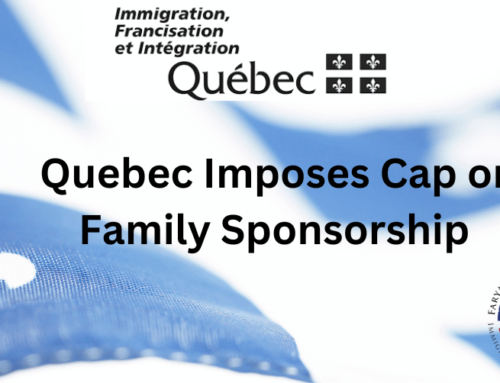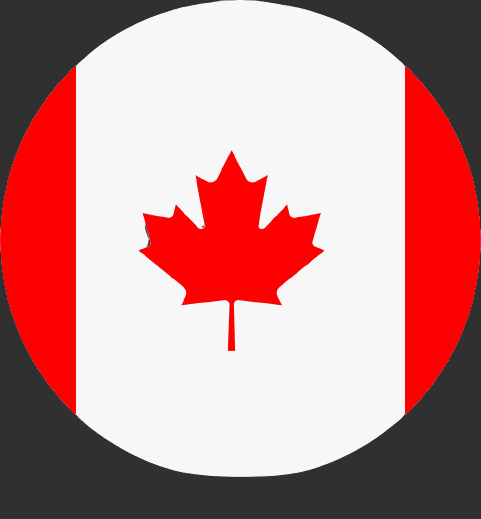Canada Releases 2023-2025 Immigration Levels Plan
On November 1, 2022, Immigration, Refugees and Citizenship Canada (IRCC), released its 2023-2025 Immigration Levels Plan. Canada aims to welcome 465,000 new immigrants in 2023. The previous plan set targets of 401,000 in 2021, 411,000 in 2022 and 421,000 in 2023. The targets in the new levels plan are 465,000 permanent residents in 2023, 485,000 in 2024 and 500,000 in 2025.
In 2021 Canada broke its all-time immigration record by welcoming over 405,000 immigrants in an effort to attract skilled newcomers to the Country.
Highlights of the levels plan include:
- a long-term focus on economic growth, with just over 60% of admissions in the economic class by 2025
- using new features in the Express Entry system to welcome newcomers with the required skills and qualifications in sectors facing acute labour shortages such as, health care, manufacturing, building trades and STEM (Science, Technology, Engineering and Math)
- increases in regional programs to address targeted local labour market needs, through the Provincial Nominee Program, the Atlantic Immigration Program, and the Rural and Northern Immigration Pilot
- reuniting more families faster
- ensuring that at least 4.4% of new permanent residents outside Quebec are Francophone
- support for global crises by providing a safe haven to those facing persecution, including by expanding the Economic Mobility Pathways Pilot
Of the 465,000 new immigrants in 2023, the numbers will be comprised from Economic, Family, Refugees and Humanitarian pathways. Express Entry, Provincial Nominee Program.
Economic Immigration
The targets for Express Entry landings (principal applicants, spouses, and dependents) will rise as follows:
- 82,880 in 2023
- 109,020 in 2024
- 114,000 in 2025
The PNP will remain Canada’s leading admissions program for economic class immigrants and targets will also increase to:
- 105,500 in 2023
- 110,000 in 2024
- 117,500 in 2025
Family
IRCC also has a mandate to reunite families. In September 2022, Minister Fraser announced plans to reduce backlogs and reunite families. Under family class immigration programs, applicants are sponsored for permanent residence by a spouse, partner, children, or other family member.
Canada will continue to look to welcome immigrants under the family sponsorship program. Under the Spouses, Partners and Children program, there will be approximately 78,000 in 2022, 80,000 in 2024 and 82,000 in 2025.
Targets for the Parents and Grandparents Program will rise to 28,500 in 2023, followed by 34,000 in 2024, and 36,000 in 2025.
Refugee and Humanitarian
The targets for Refugees and Humanitarian class immigrants are somewhat different to the other allocations as they will be decreasing. This is despite the fact that Canada has been very welcoming to nationals of Ukraine, Afghanistan and even undocumented migrants.
The overall refugee class target will be just over 76,000 new landings in each of 2023 and 2024 but will drop to 72,750 in 2025. As far as the Humanitarian class targets, it will also decrease from nearly 15,985 in 2023, 13,750 in 2024 to 8,000 in 2025.




